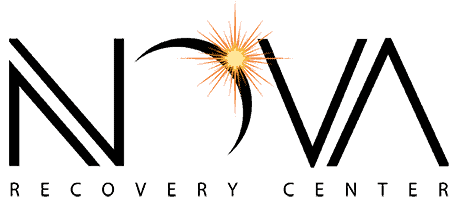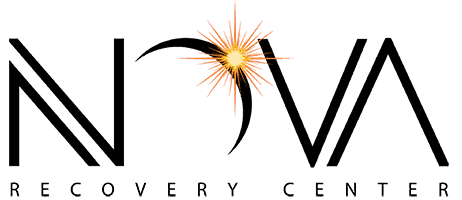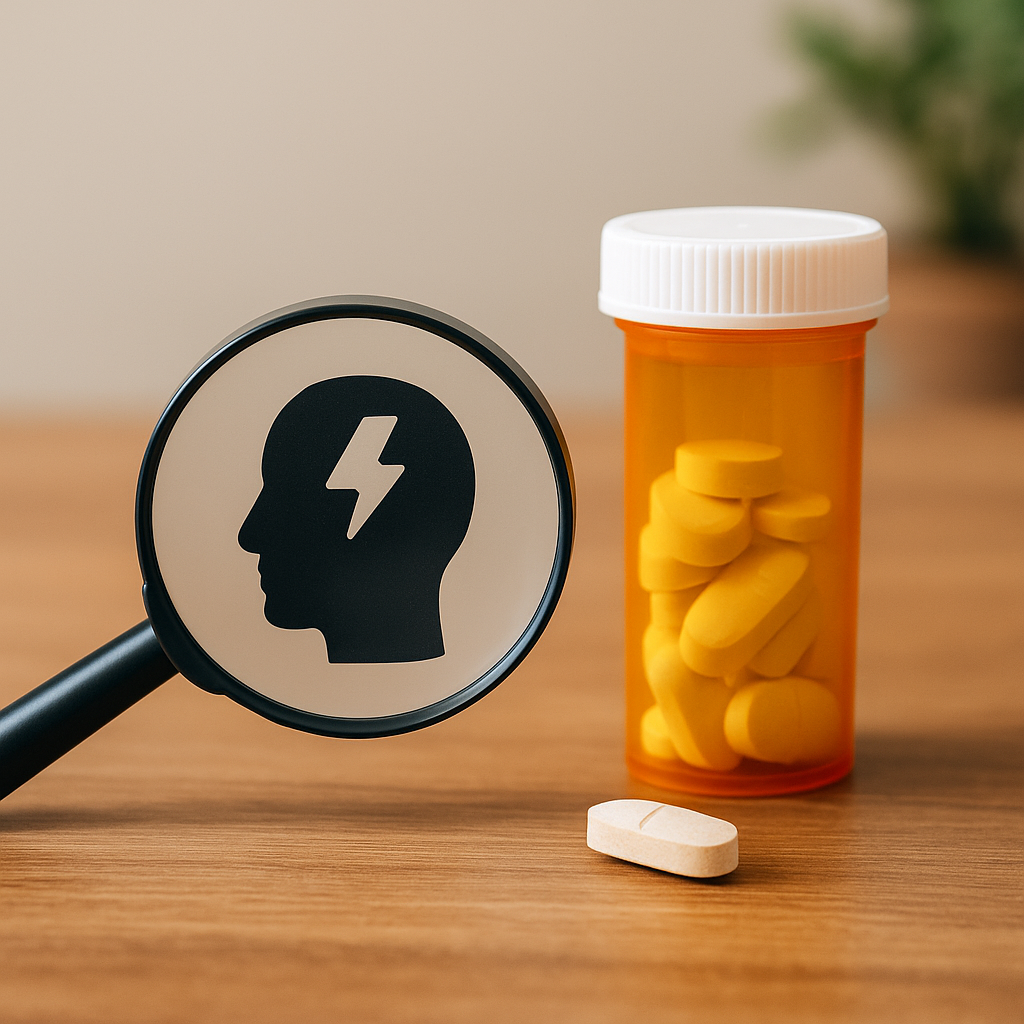Dual Diagnosis: Definition, Signs & Treatment
Key Takeaways
- Dual diagnosis, also called co-occurring disorders, means having both a mental health disorder and a substance use disorder at the same time.
- These conditions are common, with more than 20 million U.S. adults affected.
- Risk factors include trauma, stress, genetics, and self-medication behaviors, which can worsen both conditions.
- Symptoms often overlap, making it important to get a comprehensive assessment from a dual diagnosis therapist or treatment team.
- The most effective care is integrated treatment—addressing both disorders together with therapy, medication, and support services.
- Recovery is a long-term process, but with proper care and support, people with co-occurring disorders can improve quality of life and achieve stability.
Table of Contents
What Are Co‑Occurring Disorders?
Co‑occurring disorders (COD), often called dual diagnosis, refer to the presence of a mental health disorder and a substance use disorder (SUD) in the same person. No single pairing defines COD; any DSM‑5 mental disorder can co‑occur with an SUD (for example, major depression with alcohol use disorder).
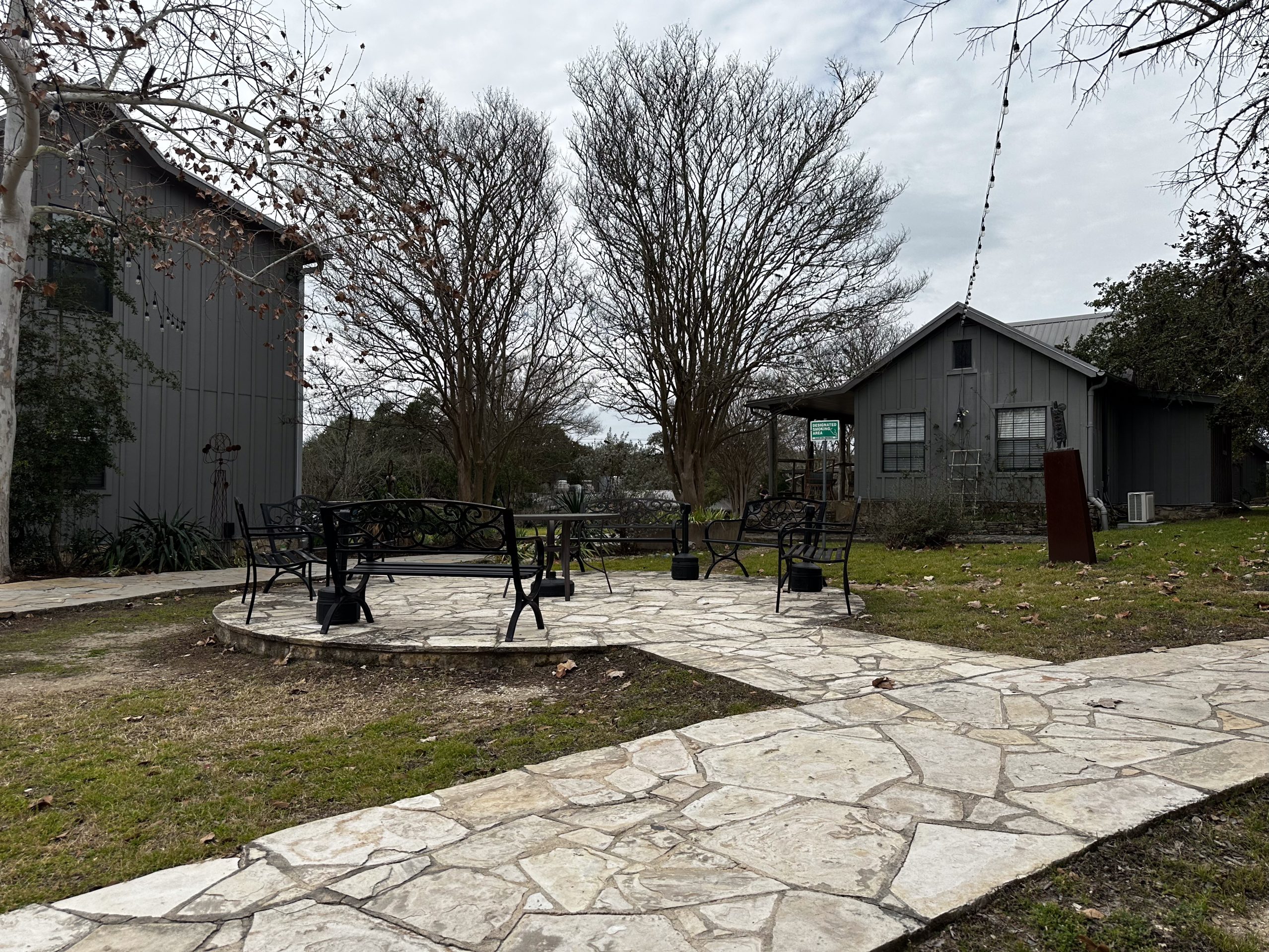







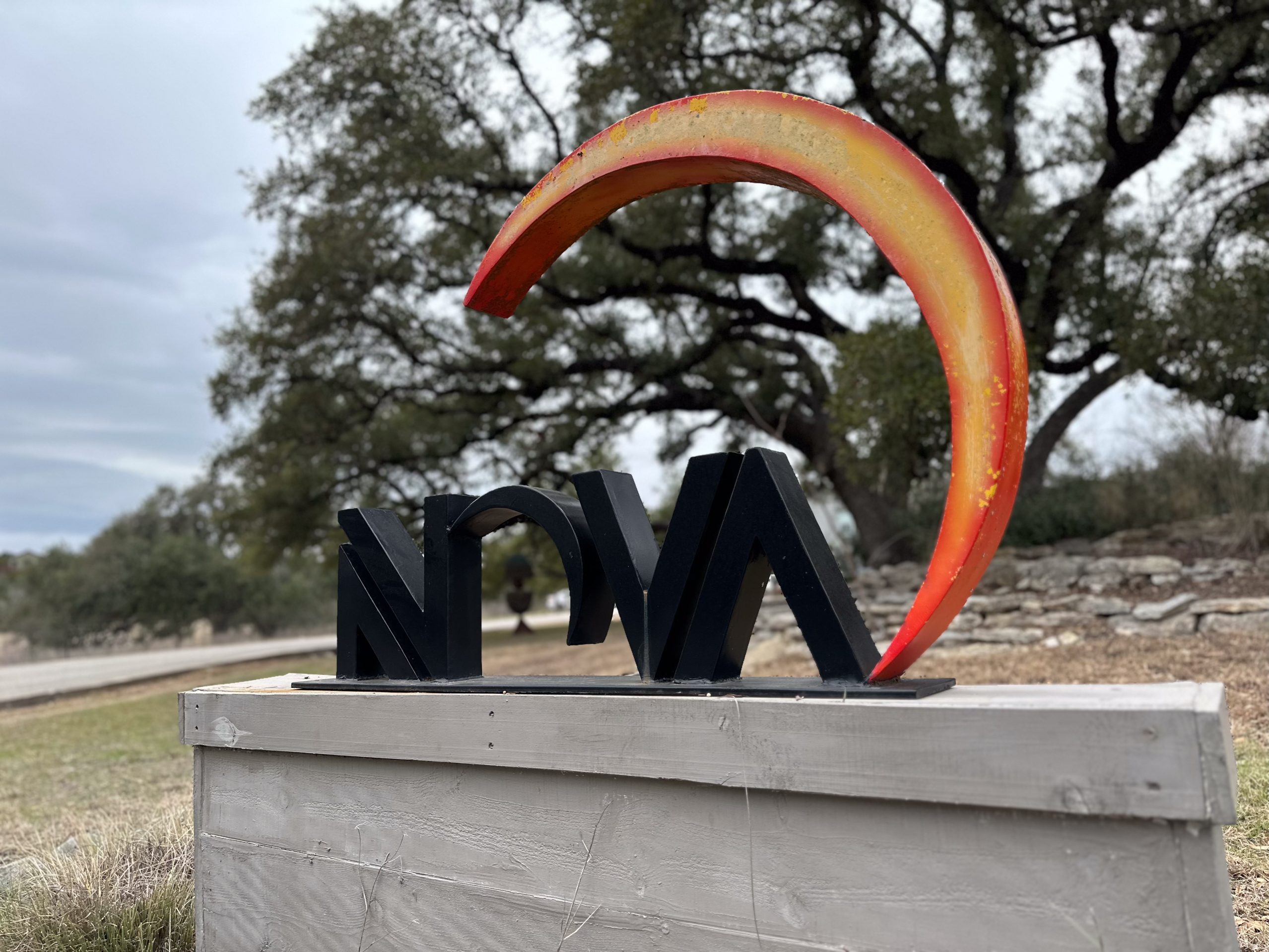

Co‑Occurring Disorders vs. “Dual Disorder”
- Co‑occurring disorders / dual diagnosis: standard behavioral‑health terms for mental illness + SUD together.
- Co‑occurring conditions (broader use): some public‑health sources also include medical issues that commonly show up alongside SUD (e.g., HIV, hepatitis C, chronic pain).
Dual Addiction—Definition in Context
You may see “dual addiction definition” online. Clinically, the focus is not “two addictions,” but addiction plus a mental disorder. A person can have more than one SUD (polysubstance use), but dual diagnosis describes the addiction–mental health combination.
How Common Is Dual Diagnosis?
- SAMHSA’s national survey reports ~21.5 million U.S. adults with co‑occurring disorders.
- From a different angle, 35% of adults with another mental disorder also have an SUD.
Freedom Starts Here. Take Back Your Life Today.
Same-Day Admissions in Austin Available.
Why Do These Disorders Co‑Occur?
Shared Risk Factors
Genetics, stress, and especially trauma can increase risk for both mental disorders and SUDs. Early life adversity is a strong, well‑studied driver.
Self‑Medication and Brain Changes
People may use alcohol or drugs to blunt symptoms of anxiety, depression, or PTSD—relief that is temporary and can worsen symptoms over time. Substance use and mental disorders also involve overlapping brain circuits linked to reward, impulse control, and mood regulation.
Common Pairings and Warning Signs
Examples of Frequent Pairings
- Major depressive disorder + alcohol use disorder
- PTSD + opioid use disorder
- Bipolar disorder + stimulant use disorder
- Schizophrenia + cannabis use disorder
Overlapping Signs to Watch
Because symptoms blend, look for patterns across both domains:
- Changes in mood, sleep, or concentration; social withdrawal; reduced performance at school or work
- Escalating use, cravings, tolerance, or withdrawal
Risky behaviors and difficulty meeting daily responsibilities
How Dual Diagnosis Is Identified
Comprehensive, Two‑Way Assessment
There is no single test for COD. Clinicians take a full history, screen for both conditions, look at timing of symptoms, and consider how each disorder influences the other. Providers trained in both mental health and SUD care use structured tools to reduce missed diagnoses.
The Role of a Dual Diagnosis Therapist
A dual diagnosis therapist (often a psychologist, social worker, or counselor working with prescribers) will:
- Evaluate mental‑health symptoms, substance use patterns, medications, and safety risks
- Coordinate care across disciplines and levels of care
- Deliver evidence‑based psychotherapies and track outcomes over time
Dual Diagnosis Treatment: What Works
Treat both conditions together. Research shows integrated dual diagnosis treatment—one team addressing mental health and SUD at the same time—improves substance use, psychiatric symptoms, hospitalizations, housing stability, and quality of life compared with non‑integrated care.
Core Elements of Integrated Care
Behavioral therapies
- Cognitive behavioral therapy (CBT) to change unhelpful thinking and coping patterns
- Dialectical behavior therapy (DBT) to build emotion regulation and reduce self‑harm and substance use
- Motivational interventions to strengthen engagement and readiness for change
Medications
- For SUDs: FDA‑approved medications (e.g., for opioid or alcohol use disorder) when indicated
- For mental disorders: antidepressants, mood stabilizers, antipsychotics, and others based on diagnosis
- Safety note: some benzodiazepines combined with SUD medications can increase risk and require careful medical oversight.
Recovery supports
Peer groups and family‑based interventions add social connection, skill‑building, and accountability.
Levels of Care
Treatment is matched to severity and safety:
- Outpatient (weekly visits)
- Intensive outpatient program (IOP) in Austin / partial hospitalization (multiple sessions per week)
- Residential inpatient rehab (24/7 support), often starting with medically monitored detox when withdrawal risk is high
How Nova Recovery Center Supports Dual Diagnosis Treatment
At Nova Recovery Center, we recognize that dual diagnosis, also known as co-occurring disorders, requires a specialized and integrated approach to care. Our programs are designed to address both mental health conditions and substance use disorders simultaneously, ensuring that no part of a person’s recovery is overlooked. Through comprehensive assessments, our clinical team develops individualized treatment plans that combine evidence-based therapies, medication support when appropriate, and holistic care for the mind, body, and spirit. Clients have access to therapies such as cognitive behavioral therapy (CBT), dialectical behavior therapy (DBT), and motivational interventions that target both substance use and mental health symptoms. In addition, our long-term continuum of care—including inpatient rehab, outpatient services, and sober living options—provides ongoing support as clients transition through different stages of recovery. By addressing trauma, emotional regulation, and coping strategies, we help clients build the resilience needed to sustain recovery. Families are also included in the process, with education and support that foster stronger relationships and healthier home environments. At Nova Recovery Center, we are committed to providing the tools, structure, and community that individuals with dual diagnosis need to achieve lasting sobriety and improved mental health.
Frequently Asked Questions About Dual Diagnosis & Co‑Occurring Disorders
What are co‑occurring disorders?
They are the presence of a mental health disorder and a substance use disorder in the same person at the same time; many combinations are possible.
Are co‑occurring disorders the same as dual diagnosis?
Yes—clinically, “dual diagnosis” and “co‑occurring disorders” both refer to a mental disorder and a substance use disorder occurring together.
Is “co‑occurring disorders” the same as comorbidity?
“Dual diagnosis” is a type of comorbidity. In behavioral health, it usually means a mental disorder co‑occurs with a substance use disorder.
How common are co‑occurring disorders?
They are common; mental and substance use disorders often appear together due to overlapping risks and interactions.
What causes a dual diagnosis?
Shared risk factors—like genetics, trauma, chronic stress, and overlapping brain pathways—can increase the chance of both conditions developing.
What are examples of a dual diagnosis?
Examples include major depression with alcohol use disorder, PTSD with opioid use disorder, or bipolar disorder with stimulant use disorder.
Who can diagnose a dual diagnosis?
Licensed clinicians—such as psychiatrists, psychologists, clinical social workers, or integrated care teams—use comprehensive assessments to evaluate both conditions.
What does a dual diagnosis therapist do?
They screen and assess for both disorders, coordinate integrated care, and deliver evidence‑based therapies (e.g., CBT, motivational approaches), often alongside medication management.
What is dual diagnosis treatment?
It’s care that addresses both the mental health disorder and the substance use disorder together—ideally with one coordinated team.
What is “integrated treatment,” and does it work?
Integrated treatment means treating both disorders at the same time within one program or team; research links it to better outcomes than treating each condition separately.
Do medications help in dual diagnosis treatment?
Yes. Depending on the diagnoses, clinicians may use FDA‑approved medications for substance use disorders and standard medications for the mental disorder, combined with therapy. Medication choices and safety are individualized.
How is dual disorder treatment different from regular addiction treatment?
Dual disorder programs include mental‑health care (assessment, psychotherapy, medications) alongside addiction treatment, so both conditions are treated together rather than in isolation.
What levels of care are available?
Options range from outpatient and intensive outpatient/partial hospitalization to residential or inpatient programs, depending on severity and safety needs.
Other Drug and Alcohol Rehab Locations
Medical Disclaimer
The content on this page is intended for informational and educational purposes only. It should not be considered a substitute for professional medical advice, diagnosis, or treatment. Mental health and substance use disorders, including dual diagnosis, require evaluation and care from qualified healthcare professionals. Do not start, stop, or change any prescribed medication or treatment plan without first consulting your doctor or licensed provider. If you are experiencing a medical emergency, severe side effects, or thoughts of harming yourself, call 911 immediately in the United States. For confidential support with mental health or substance use concerns, dial 988 to reach the Suicide & Crisis Lifeline, available 24/7.
Nova Recovery Center Editorial Guidelines
By instituting a policy, we create a standardized approach to how we create, verify, and distribute all content and resources we produce. An editorial policy helps us ensure that any material our writing and clinical team create, both online and in print, meets or exceeds our standards of integrity and accuracy. Our goal is to demonstrate our commitment to education and patient support by creating valuable resources within our realm of expertise, verifying them for accuracy, and providing relevant, respectful, and insightful data to our clients and families.
- Substance Abuse and Mental Health Services Administration. (2024, March 29). Co‑Occurring Disorders and Other Health Conditions. SAMHSA. Retrieved October 4, 2025, from https://www.samhsa.gov/substance-use/treatment/co-occurring-disorders.
- National Institute on Drug Abuse. (2024, September 30). Co‑Occurring Disorders and Health Conditions. NIDA. Retrieved October 4, 2025, from https://nida.nih.gov/research-topics/co-occurring-disorders-health-conditions.
- National Institute of Mental Health. (2025, March). Finding help for co‑occurring substance use and mental disorders. NIMH. Retrieved October 4, 2025, from https://www.nimh.nih.gov/health/topics/substance-use-and-mental-health.
- Cleveland Clinic. (2025, August 5). Dual diagnosis (co‑occurring disorders): Causes & treatment. Cleveland Clinic Health Library. Retrieved October 4, 2025, from https://my.clevelandclinic.org/health/diseases/24426-dual-diagnosis.
- MedlinePlus. (2023, December 20). Dual diagnosis. National Library of Medicine. Retrieved October 4, 2025, from https://medlineplus.gov/dualdiagnosis.html.
- Substance Abuse and Mental Health Services Administration. (2025, September 26). Screening and treatment of co‑occurring disorders. SAMHSA. Retrieved October 4, 2025, from https://www.samhsa.gov/mental-health/serious-mental-illness/co-occurring-disorders.
- Substance Abuse and Mental Health Services Administration. (2025, September 26). 988 Suicide & Crisis Lifeline. SAMHSA. Retrieved October 4, 2025, from https://www.samhsa.gov/mental-health/988.
